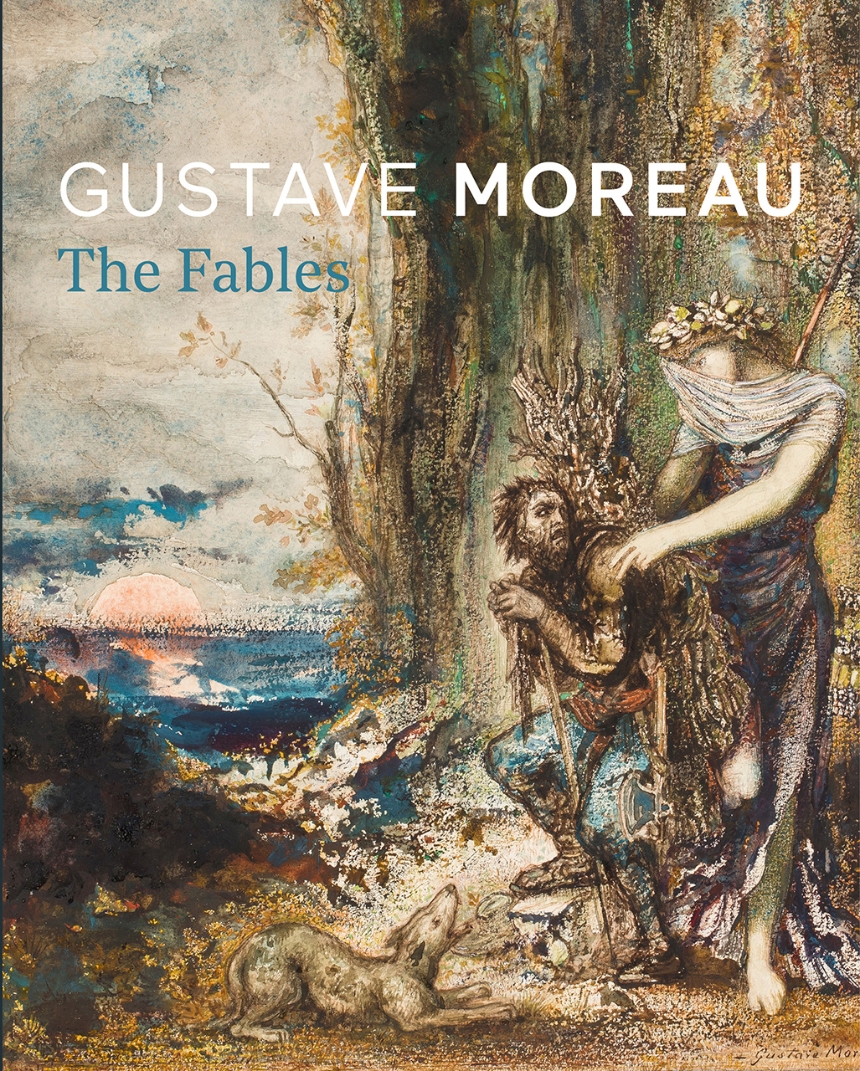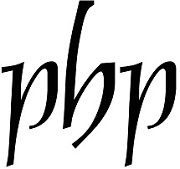Painter Gustave Moreau (1826–98) is one of the most brilliant and enigmatic artists associated with the French Symbolist movement. Moreau painted biblical and mythological figures, and the watercolors he created to illustrate Jean de La Fontaine’s Fables fit comfortably into his oeuvre. Yet those paintings have not been showcased for over a century.
Gustave Moreau accompanies an exhibition that fills that void, and in the process highlights some of the most striking works of their time. Moreau created his series of fables across a variety of subjects and techniques at the height of the revival of watercolor in nineteenth-century France. With their coloristic effects, the paintings tell sophisticated stories that slowly reveal themselves to us, image by image. The Fables were exhibited to great acclaim in Paris in the 1880s and London in 1886, where critics compared the artist to Edward Burne-Jones. One critic commented on Moreau’s “keen apprehension of the weird.” Of the original sixty-four works in the series, nearly half were lost during the Nazi era. The surviving works have not been exhibited since 1906, and they have only ever been published in black and white. Gustave Moreau: The Fables is the first book to reproduce the paintings in color—many shown at their actual size. Preparatory drawings, including animal studies made from life in the Jardin des Plantes, demonstrate the wide-ranging research that informed Moreau’s visions.
Gustave Moreau accompanies an exhibition that fills that void, and in the process highlights some of the most striking works of their time. Moreau created his series of fables across a variety of subjects and techniques at the height of the revival of watercolor in nineteenth-century France. With their coloristic effects, the paintings tell sophisticated stories that slowly reveal themselves to us, image by image. The Fables were exhibited to great acclaim in Paris in the 1880s and London in 1886, where critics compared the artist to Edward Burne-Jones. One critic commented on Moreau’s “keen apprehension of the weird.” Of the original sixty-four works in the series, nearly half were lost during the Nazi era. The surviving works have not been exhibited since 1906, and they have only ever been published in black and white. Gustave Moreau: The Fables is the first book to reproduce the paintings in color—many shown at their actual size. Preparatory drawings, including animal studies made from life in the Jardin des Plantes, demonstrate the wide-ranging research that informed Moreau’s visions.

